New report provides inspiration for digital economy skill building
Mashable, March 3, 2017
How can communities lead in the race for technical innovation? What will the next decade hold for your region? Will there be new and different jobs requiring expanded digital skill sets, an influx of residents – perhaps investments that will pave the way for smart city services and urban innovation?
Navigating change and preparing for the future doesn’t happen overnight – these things must evolve person by person, one community at a time. Across the country, the sheer pace of change makes such preparation urgent – to close gaps in education, skills and earnings to empower opportunity for all.
Launched in 2015, Capital One’s national Future Edge initiative is focusing $150 million on community grants and support to prepare more Americans with the skills, tools and resources they need to succeed in the ever-changing digital economy. One of the communities leading the way is Dallas-Fort Worth, where the company commissioned a report by the Institute for the Future (IFTF) outlining the forces and trends shaping the region of tomorrow – from what the technological and financial innovations might be, to the expectations for the community and the evolving workforce.
“You don’t have to know the future – you just need to know the direction in which it’s headed,” says Sanjiv Yajnik, president of financial services at Capital One. Yajnik and his team work hard to shape that direction in the communities they call home.
Looking to the future in DFW
The IFTF report found that North Texas will experience some of the fastest growth nationally in middle-skill jobs – roughly defined as work that requires more than a high school education but less than a bachelor’s degree – and that 80 percent of these careers will require digital skills. The region has several acknowledged neighborhood inequality challenges; as such the report highlights the importance of breaking down barriers and increasing access to quality education and employment opportunities.
"You don’t have to know the future – you just need to know the direction in which it’s headed." Sanjiv Yajnik
The region already has become a national technology center, driven by entrepreneurs and a business-friendly climate that nurtures innovative startups and attracts companies. It is also home to a creative economy of artists, gamers, entertainers, journalists and innovators who will support the economic health and drive its overall well-being over the next decade.
And in coming years, cities and suburbs in North Texas – as well as elsewhere – will leverage ubiquitous connectivity, real-time and big data, and algorithmic analytics to enable smart city services.
In addition to this report, key learnings about the region also came out of a survey of local residents commissioned by Capital One. The groups discovered that an overwhelming majority of residents (87 percent) say they have a high quality of life, with over half (56 percent) citing access to quality education and skills training as some of the area’s greatest assets. Providing that access is precisely what Capital One is doing.
There are a number of factors at play in shaping the future landscape of DFW, and the potential for a shift in the way people work, live, learn and build is certainly there. Some similar combination of factors may also be interacting in your community – so, what can you do to approach the future thoughtfully?
Be a change agent in your community
Once you’ve identified key areas your community needs to address, there’s plenty to do to help prepare residents for the future and groom the next generation of innovators.
1. Inspire the workforce of the future: Develop initiatives that help build and nurture tech and other skills. The Texas Home Instruction for Parents of Preschool Youngsters (HIPPY) Center at the University of North Texas runs a home visitation program to increase school readiness and parental involvement. By bringing instruction to the home, HIPPY reaches more underserved parents and empowers them to be the primary educators of their preschool children.
2. Form private and public partnerships: More and more of our devices will be equipped with digital sensing, computing and communication capabilities. Eighty-three percent of DFW residents believe connected devices will contribute to a significant improvement in quality of life five years from now. The innovative public-private Dallas Innovation Alliance has placed Dallas in the forefront of smart cities technology experimentation and received national attention for its leadership in promoting city-to-city collaboration.
3. Engage creative communities: Promote efforts that support visionaries, artists, influencers, thought leaders and social entrepreneurs who can contribute to a region's economic health and drive overall well-being. For example in North Texas, the Veggie Van mobile farmer’s market is driven by a local farmer and improves access to healthy food. It’s a modifiable response to community needs that exemplifies a collaborative and creative spirit that improves quality of life.
When you create opportunities for people to learn and connect, that’s where community innovation happens. Inspiring the next generation and tapping into their energy is a big part of preparing your communities for tomorrow.
Investing in the future starts today. Get inspired by reading the IFTF-authored report commissioned by Capital One.
